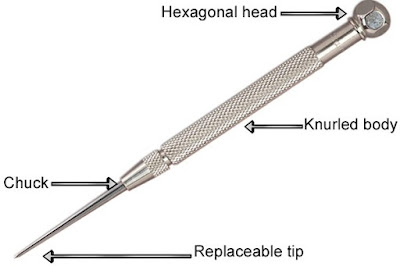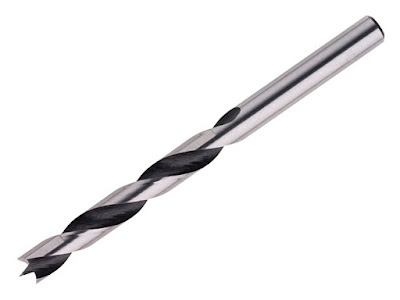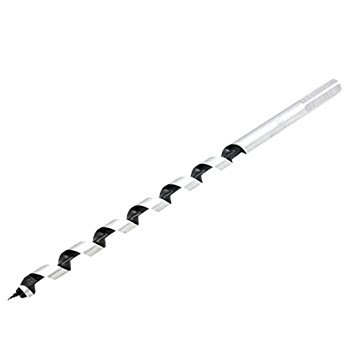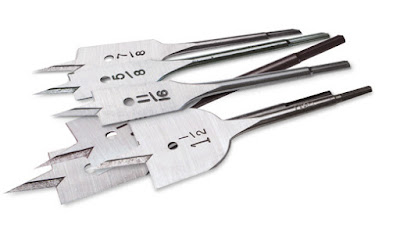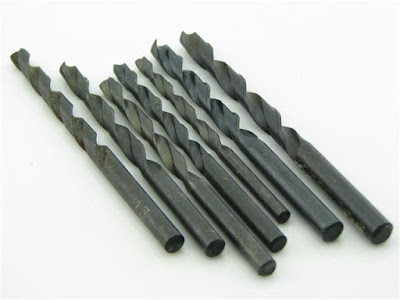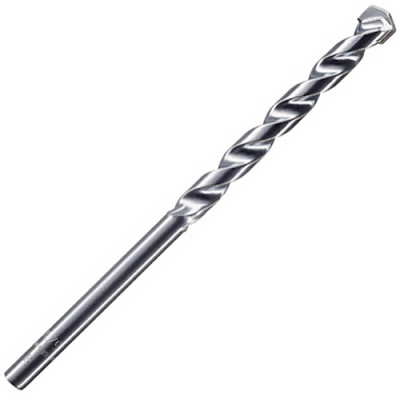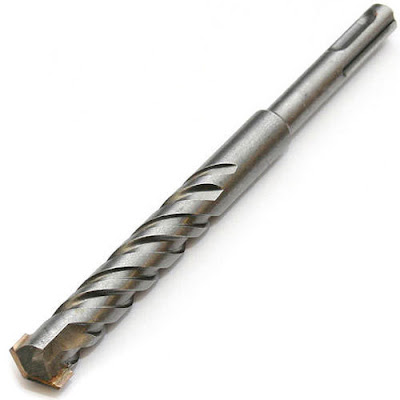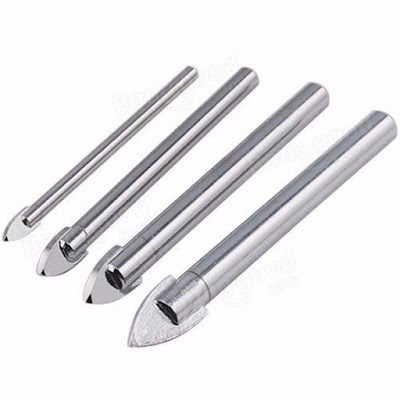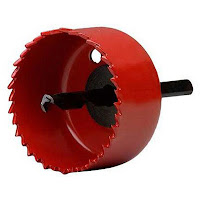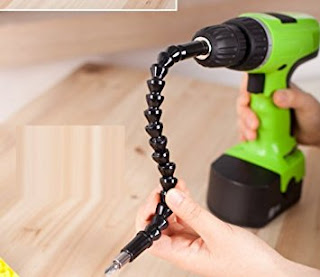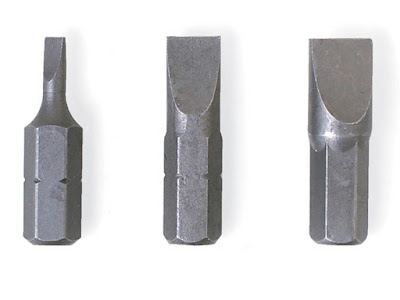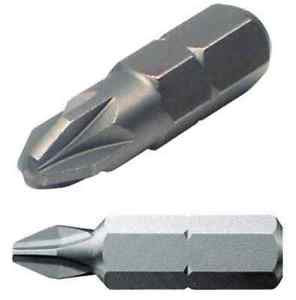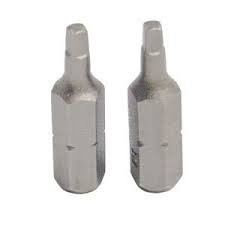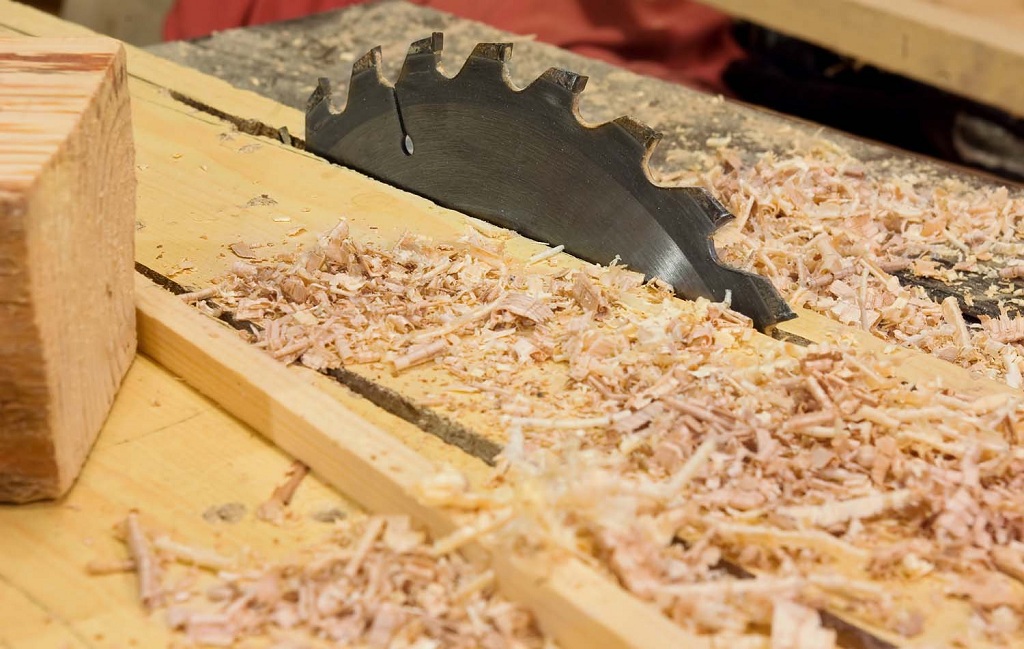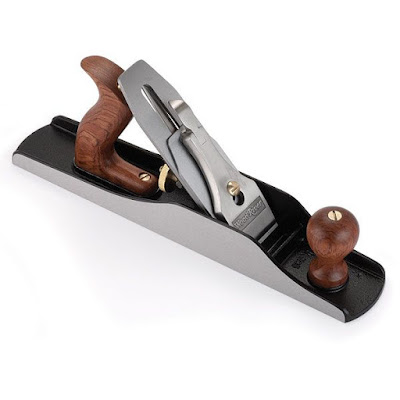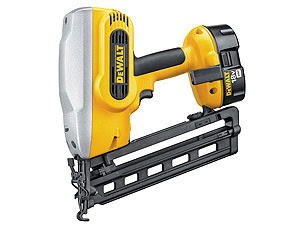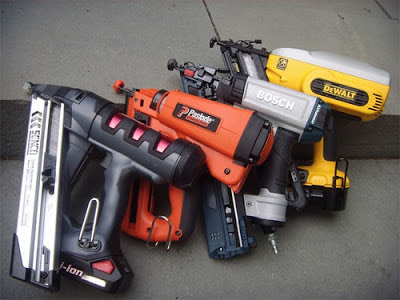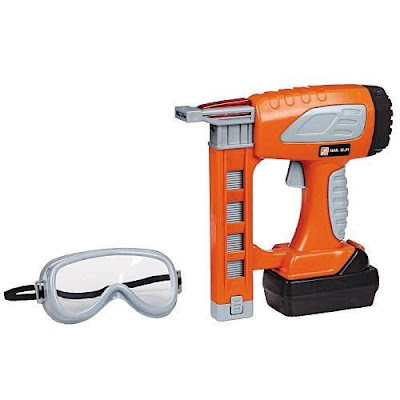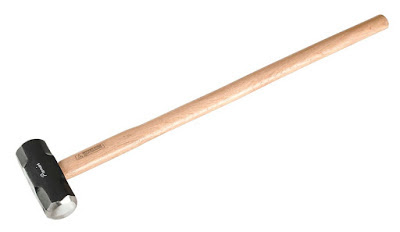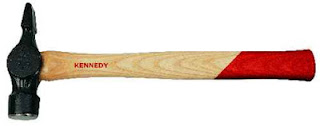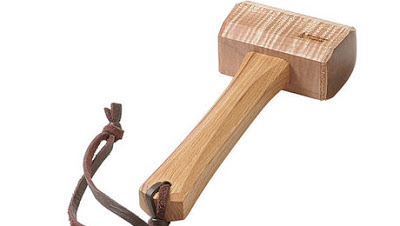When
you are making a wood project and you need good joinery so good glues are
available to hold your project together. But there are some types of wood
glues. Today we will see different types of glues which woodworkers mostly use.
How to select best glue for your project. Check these types which will
teach
you things like project tips.
1. PVA GLUE
Polyvinyl acetate (PVA) glue is the most common type of
glue out there. It’s very common that if you have a bottle of glue in your
house, it will be PVA glue. White glue, yellow glue, and bottles of “wood glue”
are all likely to be PVA glue. Some special formulations of PVA glue is
Titebond III and it is waterproof. The advantage of PVA glue is that it is
easily available at your local store. But after you glue up your project, bits
of dried PVA glue can interfere with your finish if you’re not careful to get
rid of all of it.



